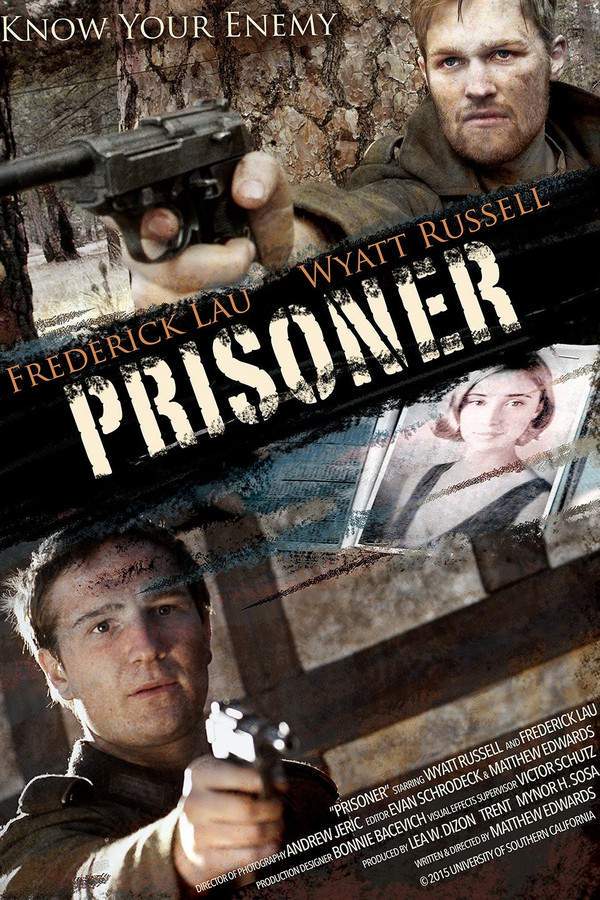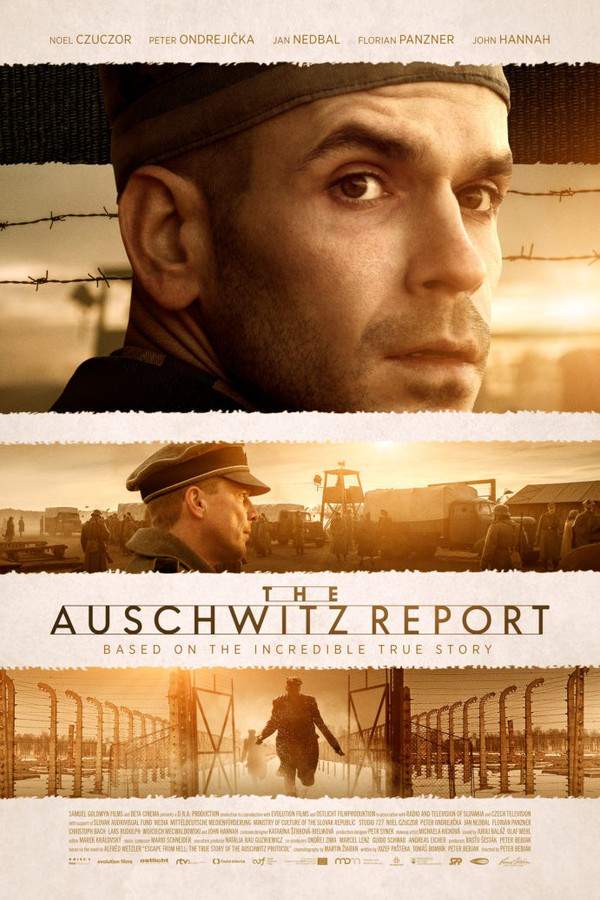
The Turning Point
Year: 1983
Runtime: 102 mins
Language: German
Director: Frank Beyer
In autumn 1945, nineteen‑year‑old Mark Niebuhr is arrested for murder and sent to a POW camp in Warsaw. He maintains his innocence despite long solitary confinement. When placed with Polish criminals he is targeted, and later endures a communal cell with fanatical German war criminals. The film is based on real events from Hermann Kant’s novel.
Warning: spoilers below!
Haven’t seen The Turning Point yet? This summary contains major spoilers. Bookmark the page, watch the movie, and come back for the full breakdown. If you're ready, scroll on and relive the story!
Timeline – The Turning Point (1983)
Trace every key event in The Turning Point (1983) with our detailed, chronological timeline. Perfect for unpacking nonlinear stories, spotting hidden connections, and understanding how each scene builds toward the film’s climax. Whether you're revisiting or decoding for the first time, this timeline gives you the full picture.
Last Updated: October 09, 2025 at 14:49
Unlock the Full Story of The Turning Point
Don't stop at just watching — explore The Turning Point in full detail. From the complete plot summary and scene-by-scene timeline to character breakdowns, thematic analysis, and a deep dive into the ending — every page helps you truly understand what The Turning Point is all about. Plus, discover what's next after the movie.
The Turning Point Summary
Read a complete plot summary of The Turning Point, including all key story points, character arcs, and turning points. This in-depth recap is ideal for understanding the narrative structure or reviewing what happened in the movie.

Similar Movies to The Turning Point
Discover movies like The Turning Point that share similar genres, themes, and storytelling elements. Whether you’re drawn to the atmosphere, character arcs, or plot structure, these curated recommendations will help you explore more films you’ll love.
Explore More About Movie The Turning Point
The Turning Point (1983) Plot Summary & Movie Recap
The Turning Point (1983) Scene-by-Scene Movie Timeline
The Turning Point (1983) Spoiler-Free Summary & Key Flow
Movies Like The Turning Point – Similar Titles You’ll Enjoy
Prisoner (2007) Story Summary & Characters
The Turning Point (2022) Full Movie Breakdown
The Counterfeiters (2008) Spoiler-Packed Plot Recap
The Auschwitz Report (2021) Full Movie Breakdown
The Grey Zone (2002) Ending Explained & Film Insights
The Reconciliation (2017) Ending Explained & Film Insights
For Those I Loved (1983) Ending Explained & Film Insights
The Turncoat (1000) Ending Explained & Film Insights
Stielke, Heinz, Fifteen… (1987) Ending Explained & Film Insights
Naked Among Wolves (1963) Complete Plot Breakdown
Hospital of the Transfiguration (1979) Ending Explained & Film Insights
The Turning Point (1952) Detailed Story Recap
The Turning Point (1945) Spoiler-Packed Plot Recap
Pressure Point (1962) Plot Summary & Ending Explained
Winter in Wartime (2008) Complete Plot Breakdown

















